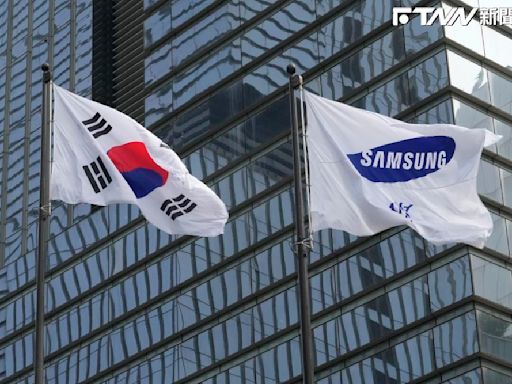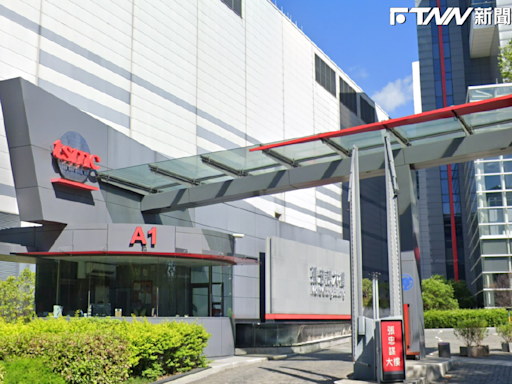搜尋結果
On 11 March 2011, at 14:46 JST (05:46 UTC), a Mw 9.0–9.1 undersea megathrust earthquake occurred in the Pacific Ocean, 72 km (45 mi) east of the Oshika Peninsula of the Tōhoku region. It lasted approximately six minutes and caused a tsunami. It is sometimes known in Japan as the "Great East Japan Earthquake" (東日本大震災, Higashi ...
The 1983 Sea of Japan earthquake ( Japanese: 日本海中部地震) occurred on May 26, 1983 at 11:59:57 local time (02:59:57 UTC ). It had a magnitude of 7.8 on the moment magnitude scale. It occurred in the Sea of Japan, about 100 km west of the coast of Noshiro in Akita Prefecture, Japan.
The 1611 Aizu earthquake ( Japanese: 会津地震) occurred on September 27, 1611, in the Aizu Basin in present-day Fukushima Prefecture, Japan. According to the official report, it was estimated that there were more than 3,700 fatalities. [1] [2] Aizuwakamatsu Castle, many temples, and about 20,000 houses collapsed in the stricken areas. Overview.
129,000–226,000. On 6 and 9 August 1945, the United States detonated two atomic bombs over the Japanese cities of Hiroshima and Nagasaki. The bombings killed between 129,000 and 226,000 people, most of whom were civilians, and remain the only use of nuclear weapons in an armed conflict. Japan surrendered to the Allies on 15 August, six days ...
The Fukushima nuclear accident was a major nuclear accident at the Fukushima Daiichi nuclear power plant in Ōkuma, Fukushima, Japan which began on March 11, 2011.
Unit 731 (Japanese: 731部隊, Hepburn: Nana-san-ichi Butai), short for Manchu Detachment 731 and also known as the Kamo Detachment: 198 and the Ishii Unit, was a covert biological and chemical warfare research and development unit of the Imperial Japanese Army that engaged in lethal human experimentation and biological weapons manufacturing during the Second Sino-Japanese War (1937–1945 ...
Kamikaze (神風, pronounced [kami kaze]; ' divine wind ' or ' spirit wind '), officially Shinpū Tokubetsu Kōgekitai (神風特別攻撃隊, ' Divine Wind Special Attack Unit '), were a part of the Japanese Special Attack Units of military aviators who flew suicide attacks for the Empire of Japan against Allied naval vessels in the closing stages of the Pacific campaign of World War II ...


